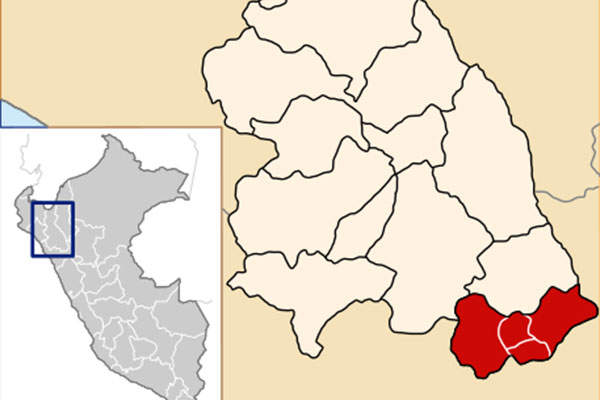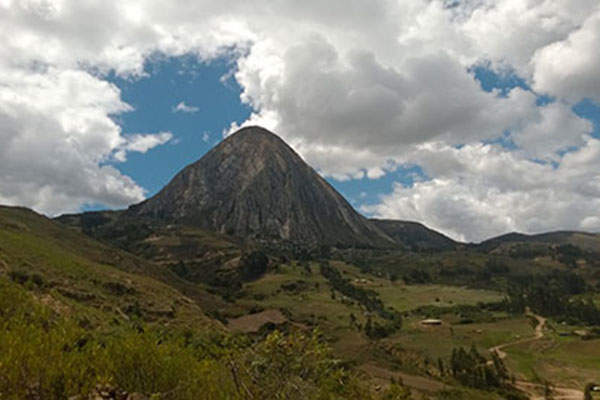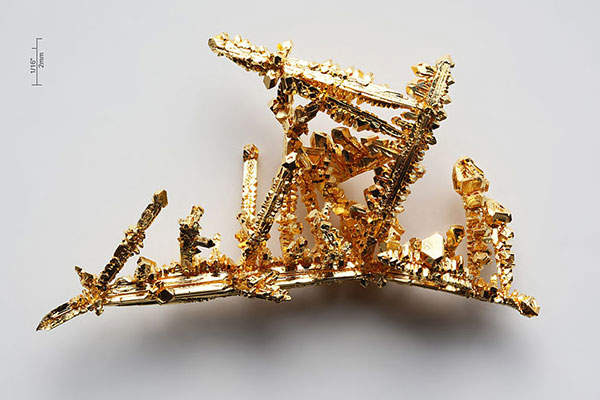Rio Alto Mining’s wholly owned Shahuindo gold project in Cajabamba, Peru, is an open-pit, heap-leach operation that will process oxide and mixed ore to produce doré bars. Rio Alto Mining gained ownership of the gold mine through the acquisition of Sulliden Gold in August 2014.
In September 2012, a feasibility study for the two-phased gold project completed, with the environmental impact assessment report approved in September 2013. Construction project is expected to start in 2015, with mining beginning in 2016. The first gold production from the first-phase is expected to be made by January 2016.
The mine life of Shahuindo is predicted to be 10.4 years, with production in the first phase is estimated to be 10,000t/d.
Shahuindo gold mine geology and mineralisation
The Shahuindo gold project is located in the Western Cordillera of the Peruvian Andes, and comprises Cretaceous sedimentary rocks positioned in the deeper portions of the Western Peruvian Trough back-arc basin.
The project area is located near a major bend in a fold-thrust belt, which has structural elements believed to have formed during the Incaic orogeny.
The mine is located along a localised belt of intrusive rocks that is mostly parallel to the dominant structural fabric in the fold-thrust belt. The intrusive rocks consist mostly of hypabyssal dacite and granular diorite dikes and sills.
Near-surface mineralisation at the deposit extends over a strike length of more than 4km. The gold and silver mineralisation is mostly related to near-vertical to south-west-dipping structures, which are hosted within variably silicified sedimentary rocks or along sedimentary rock/porphyry intrusive contacts.
Shahuindo mine reserves
As of November 2012, the proven and probable reserves of Shahuindo mine were estimated to be 37.85 million tonnes. The mine is estimated to contain 1.02 million ounces (Moz) of gold and 11.56Moz of silver.
Mining and processing of ore from the Shahuindo project
Conventional open-pit mining method, using truck and front-end loaders, will be used at Shahuindo. The proposed fleet will include conventional trucks with a 22m³ end dump bed.
Ore extracted from the mine will be crushed in a two-stage crushing unit near the pit and stockpiled. The stockpiled material will be reclaimed and transported to the heap leach pad using overland conveyors. Cement and dilute cyanide will be added to the ore material in a conveyor and discharged to a mobile stacking system.
The stacked ore will be leached using sprinkler irrigation system for solution application. The leach solution will then flow to a pregnant (PLS) pond where it will be collected and pumped to an activated carbon adsorption-desorption-recovery (ADR) plant.
Adsorption of gold and silver will take place in a single train of five gravity-cascade carbon columns. The barren solution discharge from the final columns will be transferred to a barren tank and high-strength cyanide solution will be added to maintain the cyanide concentration in the leach solution.
Desorption of gold and silver from loaded carbon will be conducted using a pressurised elution column. Gold and silver will be recovered from the pregnant eluent solution in electrolytic cells containing stainless steel cathodes.
The loaded cathodes will be washed and the resulting metal sludge will be retorted to remove and recover mercury. The sludge will be smelted in a diesel-fired crucible furnace to produce final doré.
Infrastructure facilities at Shahuindo
Power for the Shahuindo project will be supplied from the national commercial grid by means of overhead power lines. Diesel-fired backup generators will provide emergency power for the project in the event of a power failure or power interruption.
Workers at the mine are currently housed at a 106-person onsite accommodation camp.
Contractors involved with Shahuindo gold mine development
Stracon GyM was awarded the contract to conduct open-pit mining operations at the Shahuindo gold mine.
The contract for the fabrication and construction of the adsorption/desorption processing plant for the first stage was awarded to Heap Leach Consulting SAC (HLC). Kappes, Cassiday & Associates and Mine Development Associates prepared the technical report for the project.







